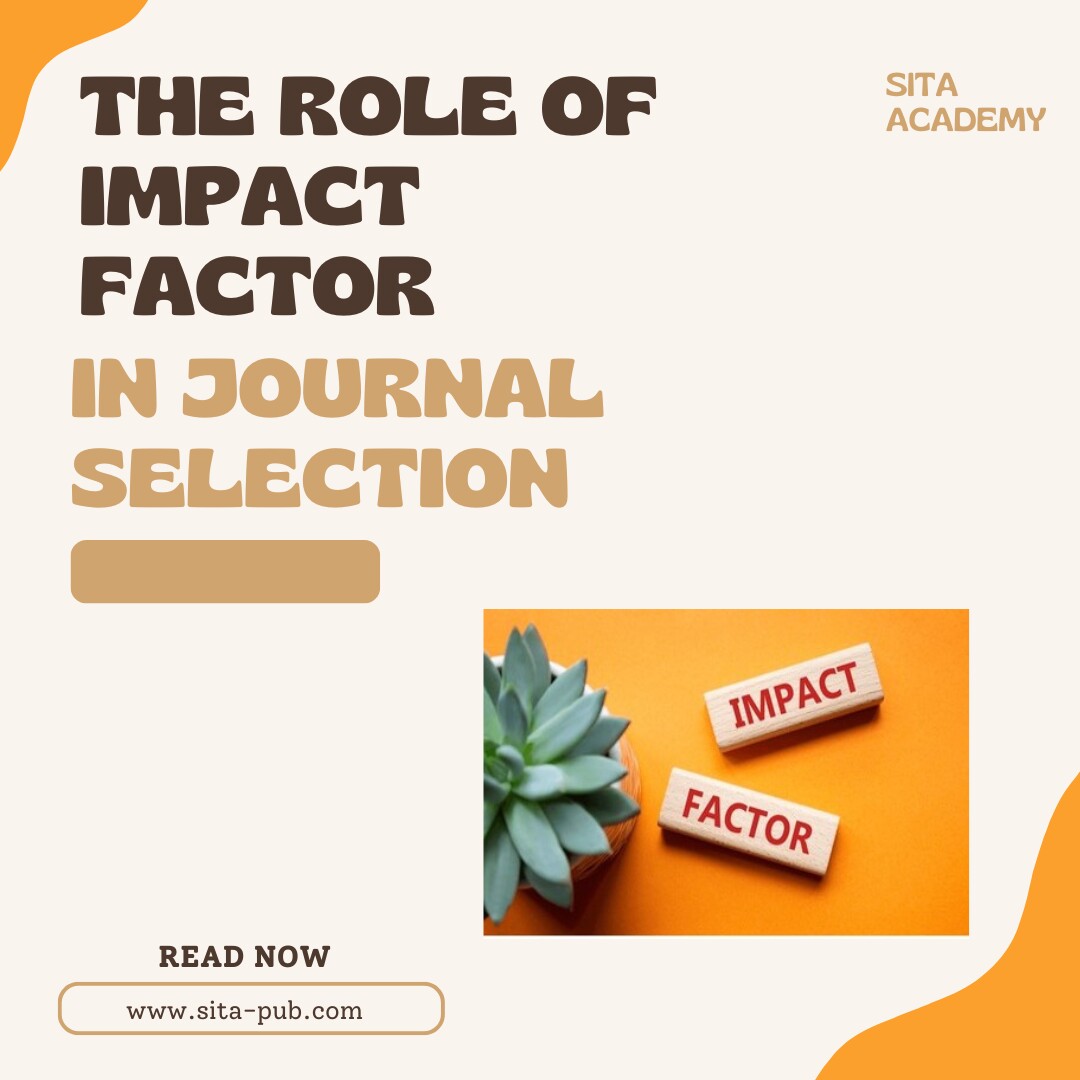The Role of Impact Factor in Journal Selection


بنویسید...
The impact factor is a crucial metric that shows how often articles in a specific academic journal are cited by other researchers. It helps measure the journal's influence within the academic community. A higher impact factor usually indicates that the journal is well-respected and that its articles are frequently referenced by other scholars. Understanding the impact factor is essential for researchers looking to engage in research publishing effectively.
The impact factor serves as a quality indicator, suggesting that a higher number reflects important and influential research. Journals with high impact factors typically have rigorous peer review processes, ensuring that published articles meet high academic standards. This can help researchers identify reliable outlets for their work.
A high impact factor can also signal that the journal attracts top researchers and influential studies, which enhances its overall journal reputation. When researchers publish in such journals, they can be more confident that their work will be seen by others in their field.

The impact factor is calculated by dividing the number of citations in a given year to articles published in the previous two years by the total number of articles published in those two years. For example, if a journal published 50 articles in the last two years and those articles received 200 citations this year, the impact factor would be 4.0 (200 citations ÷ 50 articles).
This calculation provides a simple yet effective way to gauge the journal's influence. However, it is important to note that the impact factor can vary significantly across different fields, affecting its value across field-specific journals.


While the impact factor is a useful tool, it has several limitations:
Field Differences: Citation practices vary by field. Some fields, such as biomedical sciences, tend to have higher citation rates than others, such as mathematics or humanities. This makes impact factors less comparable across different disciplines.
Not the Only Metric: The impact factor should not be the only criterion for selecting a journal. Other metrics, such as the h-index or CiteScore, provide additional insights into a journal's quality and reach. Considering multiple metrics can give a more comprehensive view of a journal’s impact.
Manipulation Risks: Some journals may attempt to boost their impact factor by encouraging self-citations or publishing an increased number of review articles. These practices can skew the numbers and may not truly reflect the quality of the research published.
Short Time Frame: The impact factor is based on a two-year time frame, which may not adequately capture the long-term significance of research. Some important studies may take years to be recognized and cited.
Narrow Focus: The impact factor primarily measures citation rates, which may overlook other important aspects of research quality, such as originality, methodological rigor, and societal impact.
Pressure to Publish: The emphasis on impact factors can lead to a "publish or perish" culture, where researchers feel pressured to publish frequently in high-impact journals. This can sometimes result in lower-quality research being prioritized over more meaningful work.

When selecting a journal, consider the following criteria:
Impact Factor: Look for journals with a suitable impact factor for your research area. This can help ensure that your work reaches an appropriate audience.
Readership and Scope: Ensure the journal’s audience aligns with your research topic. A high impact factor is beneficial, but the right audience is crucial for effective communication of your findings.
Other Metrics: Consider other metrics like the h-index or CiteScore to get a fuller picture of the journal’s quality. These metrics can provide additional context about the journal's overall influence.
Journal Reputation: Research the journal's reputation in your field. Look for feedback from colleagues or mentors about their experiences with the journal, including the peer review process and publication timelines.
Open Access vs. Subscription: Determine whether you prefer to publish in an open access journal, which may have wider accessibility, or a subscription-based journal, which might have more established credibility.
Publication Speed: Evaluate the average time taken from submission to publication. Some researchers may prioritize quicker publication for timely research dissemination.
Peer Review Process: Understand the journal's peer review process. A rigorous review can enhance the quality of published work, while a less thorough process may compromise it.
Ethical Standards: Ensure that the journal adheres to ethical publishing practices. Check for policies on plagiarism, authorship, and conflicts of interest.
Indexing and Abstracting: Check if the journal is indexed in major databases (e.g., Scopus, Web of Science). Indexing increases visibility and credibility.
Target Audience: Identify the specific audience for the journal. Some journals cater to niche areas, while others have broader readerships.
The impact factor plays an important role in journal selection. It helps indicate the quality and visibility of a journal, making it a valuable tool for researchers. However, it should be used alongside other factors when deciding where to publish your research. By understanding the impact factor and its implications, you can make informed choices that enhance the reach and impact of your work. A strategic approach to journal selection can significantly contribute to your success in academia.

Ready to find the perfect journal for your research? At SITA Academy, we understand how crucial it is to choose the right publication outlet. We can provide you with a tailored list of recommended journals that consider all essential factors, including impact factor, audience, and scope.
If you have any questions, inquiries, or would like to learn more about our services, please don't hesitate to reach out to us. Our dedicated team is ready to assist you.